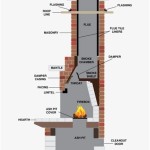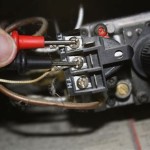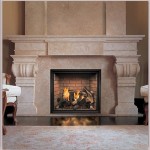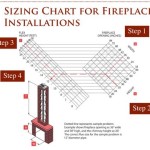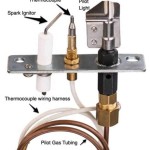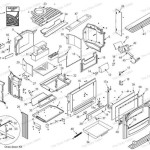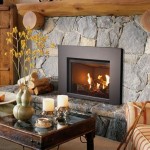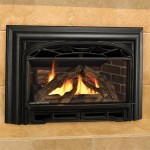Essential Aspects of Wood Burning Fireplace Construction Details
Wood burning fireplaces offer warmth, ambiance, and timeless beauty to homes. Constructing a fireplace requires meticulous planning and execution to ensure safety, efficiency, and durability. Here are essential aspects to consider for a successful wood burning fireplace construction project.
Firebox Design: The firebox is the heart of the fireplace, where wood is burned. It should be sized appropriately for the desired heat output and combustion efficiency. Fireboxes are typically constructed from cast iron, sheet metal, or refractory materials to withstand high temperatures and prevent heat loss.
Chimney and Flue: The chimney and flue provide a path for smoke and gases to escape the fireplace and exit the home. Chimneys should be built to the required height and diameter to create sufficient draft for proper combustion. Flue liners are essential to protect the chimney from corrosive gases and improve airflow.
Hearth and Surround: The hearth extends beyond the firebox and provides a fire-resistant surface in front of the fireplace. It is typically made of brick, stone, or tile and serves to protect the flooring from embers and heat. The surround frames the fireplace and adds aesthetic appeal.
Fireplace Mantel: The mantel is a decorative shelf placed above the fireplace opening. It can be made of wood, stone, or metal and serves as a focal point in the room. Mantels help to reflect heat into the space and provide a surface for displaying artwork or decorations.
Heat Distribution: Proper heat distribution is crucial for creating a comfortable indoor environment. Fireplaces can be equipped with features such as blowers or heat exchangers to circulate warm air throughout the room or house. Hearth extensions or thermal mass materials can also be used to absorb and release heat over time.
Safety Considerations: Safety is paramount when constructing a wood burning fireplace. Fireplaces must be installed according to local building codes and industry standards. Smoke and carbon monoxide detectors should be placed near the fireplace to alert homeowners of any potential hazards. Regular cleaning and inspection of the fireplace and chimney are essential to maintain proper operation and prevent fires.
Aesthetic Design: The fireplace should complement the overall design of the room and home. Consider the style of the mantel, surround, and fireplace tools to create a cohesive look. Fireplaces can be customized with decorative elements such as carvings, moldings, and tiles to match the homeowner's preferences.
By incorporating these essential aspects into the construction process, you can create a wood burning fireplace that not only adds warmth and ambiance to your home but also ensures a safe and efficient heating solution.

10 Tips For Maintaining A Wood Burning Fireplace Design Small

Fireplaces A Construction Primer Masonry Fireplace Chimney Design Dimensions

Wood Burning Fireplace Construction Google Search Planos De Chimeneas Leña

Rumford Fireplace Plans Instructions
Residential Fireplace Design

Fireplace Installation Full Service Chimney Serving Kansas City Area

Chapter 10 Chimneys And Fireplaces Residential Code 2024 Upcodes

Fireplace And Chimney Details Design Drawing

Rumford Fireplace Plans Instructions

Concrete Masonry Fireplaces Entire Tek
Related Posts

